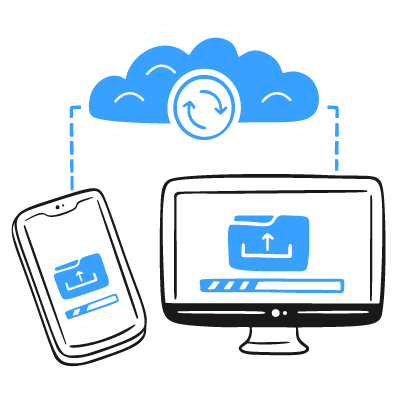
A New Era of Connected Care
From telemedicine platforms to cloud-based analytics and mobile health apps, healthcare technology is more interconnected than ever. APIs now move clinical data between providers, billing systems, and patient portals in real time.
This connectivity has made care more efficient, but it’s also opened the door to new security threats. Attackers know that healthcare data is valuable, and they’re increasingly targeting the systems that store and transmit it.
Why Healthcare Apps Are High-Value Targets
Personal health information (PHI) is one of the most profitable forms of data on the black market. Unlike credit cards, medical records can’t be reissued or canceled.
This makes healthcare systems an attractive target for ransomware, credential theft, and data exfiltration.
According to the 2024 Verizon Data Breach Investigations Report, over 80 percent of healthcare breaches now involve web applications or third-party integrations. For most organizations, these risks come from common, preventable flaws.
Common Weak Points in Modern Healthcare Apps
While every system is unique, penetration tests often reveal similar themes:
Insecure APIs – Many apps expose endpoints that allow excessive data access or lack proper authentication.
Overexposed Access Controls – PHI repositories and dashboards sometimes remain accessible to default accounts or inactive users.
Weak Encryption – Outdated SSL/TLS configurations or unencrypted backups can expose sensitive data during transmission or storage.
Third-Party Dependencies – Integrations with analytics, billing, or EHR systems often extend trust to external code or vendors with weaker security.
Limited Logging and Monitoring – Without detailed logs, a breach can go unnoticed for weeks.
Each of these risks is manageable, but only when identified and addressed before an attacker, or an auditor finds them.
How MedTech Leaders Are Responding
Leading healthcare technology companies are shifting their focus from compliance-driven testing to proactive security assessments.
Instead of waiting for annual audits, they schedule continuous penetration testing and API assessments throughout the year.
This approach helps maintain compliance with HIPAA, PHIPA, and HITECH while also demonstrating to partners and clients that data protection is an ongoing priority.
Final Takeaway
Healthcare innovation depends on trust. Every new connection, API, and third-party integration expands your exposure, but it also offers an opportunity to strengthen your defenses.
To see which vulnerabilities are most common in healthcare apps and how to address them before they impact compliance or patient data—download the full guide from Packet33: Top 5 Security Risks Hiding in Connected Healthcare Apps.
